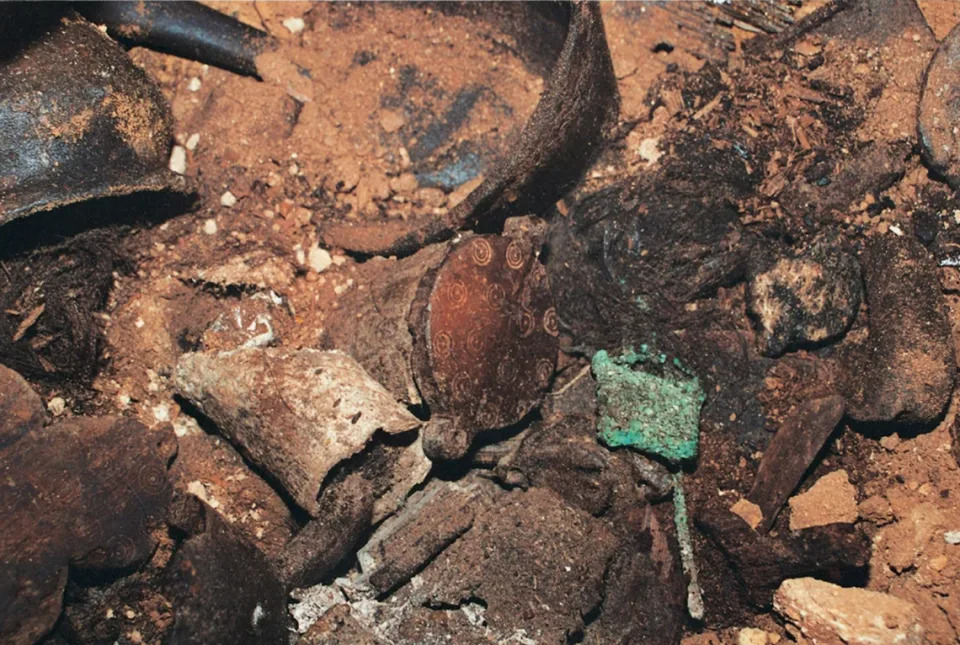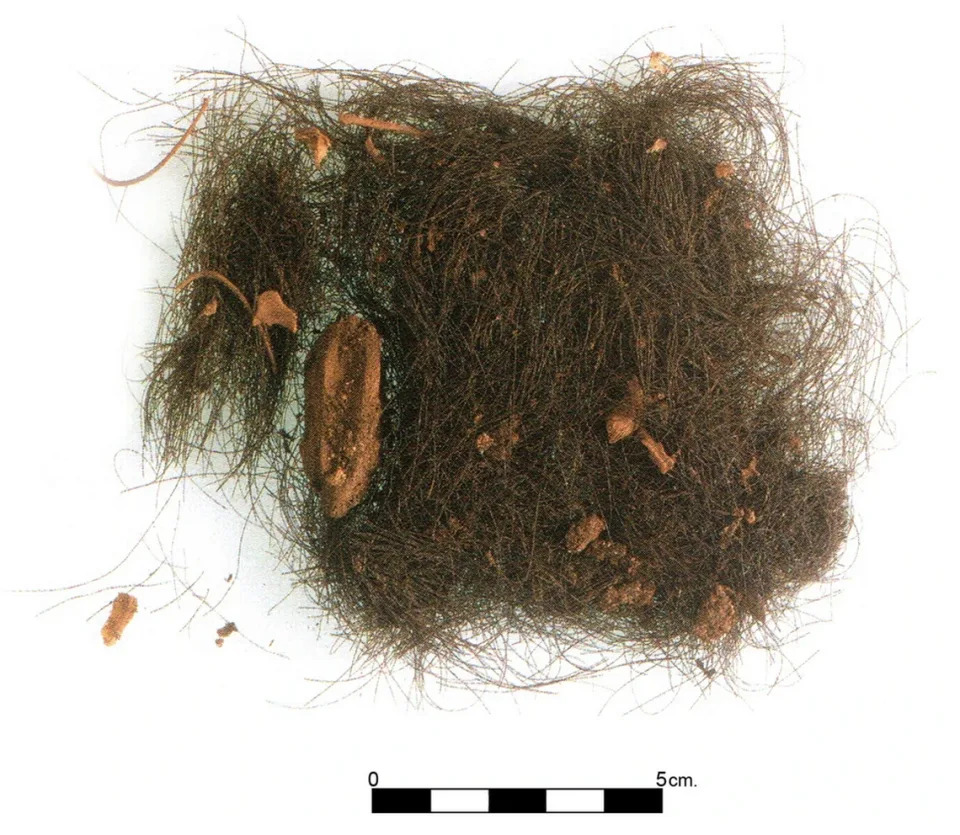Hair found in Spanish cave shows people used psychedelics 3,000 years ago, study says
The cave entrance sits midway down the side of a ravine on an island off the coast of Spain. Anyone who enters will find a rocky cavern snaking far underground. Hidden deep within, this cave held a secret.
The cave of Es Càrritx was used for burials and rituals during the Bronze Age, according to a study published April 6 in the journal Scientific Reports.
Around 1600 B.C., the people living on the island of Menorca began using this cave for rituals. Eventually, “the cave became a collective funerary space and continued serving this function” until 800 B.C., researchers said. During this time, over 200 people were buried near the cave entrance.
Just before these burials stopped, “some individuals reluctant to abandon ancient traditions, concealed a collection of ritual objects belonging to certain members of the community, possibly shamans,” researchers said. They hid these items “deeper inside the burial ground of the ancestors.”
This collection of items contained six wooden containers, four horn containers, wooden spatulas, a comb and other artifacts, the study said.
Archaeologists opened one of these wooden containers and found 3,000-year-old hair strands, the study said.
Finding such ancient hair is “exceedingly rare,” researchers said. Intrigued by what they could learn, the researchers did a drug test on the preserved locks. As drugs “circulate in the blood stream, they are incorporated into the growing hair matrix at the base of the follicle,” researchers said.
When the drug test came back positive, “we were very surprised,” lead author Elisa Guerra-Doce told Vice, “because the botanical analysis carried out at Es Càrritx had revealed no remains of drug plants.”
Traces of several alkaloids, specifically atropine, scopolamine, and ephedrine, were found in the hair, the study said. Researchers described these alkaloids as “highly psychoactive.”
Atropine and scopolamine are “deliriant drugs” which cause “extreme mental confusion, strong and realistic hallucinations, disorientation, alteration of sensorial perception, and behavioral disorganization” as well as “out-of-body experiences,” the study said.
Alternatively, the effects of ephedrine include “excitement and enhancement of mental alertness and physical activity, reduction of fatigue, improvement of concentration, and suppression of hunger,” researchers said.
Ancient shamans likely used these drugs for their psychedelic and medicinal qualities, the study said. Researchers could not identify which plants in Menorca carried these ancient drugs.
“The length of the hair strands and the analysis of segments all along the hair shafts point to consumption over a period of nearly a year; hence, drug intake was sustained over time probably well before death,” the study said.
Researchers theorized the drugs were consumed for medicinal properties or as part of ritual activities. Although further research is needed to resolve lingering uncertainties, the study’s analysis provided direct evidence that people used drug plants 3,000 years ago.
The cave of Es Càrritx is in the southwestern part of Menorca, an island about 130 southeast of Barcelona on mainland Spain.


No comments:
Post a Comment